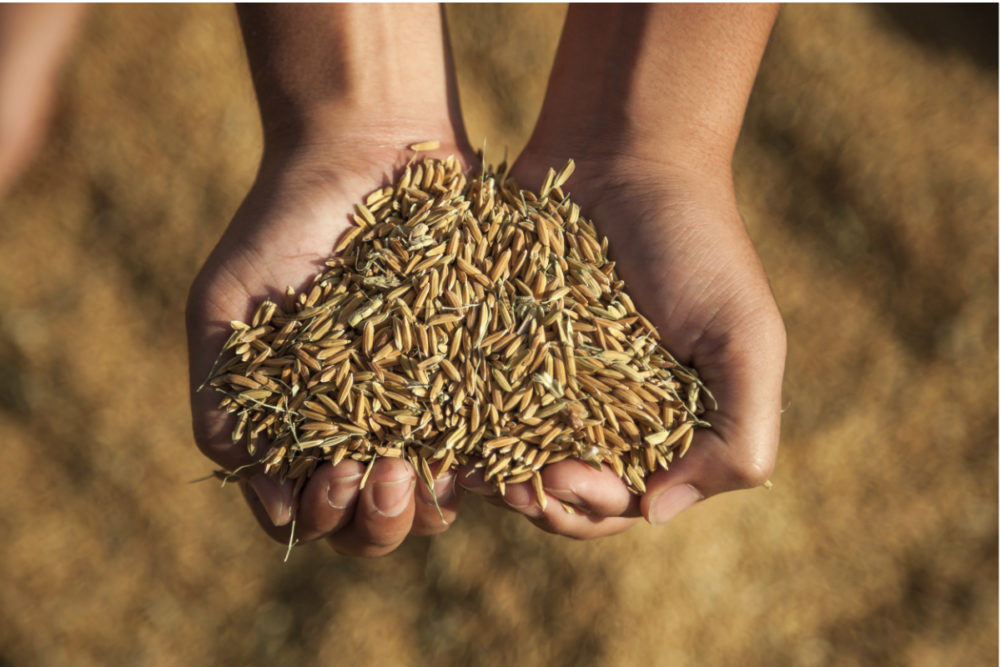KANSAS CITY, MISSOURI, US – Renowned grain market analyst Dan Basse, president of AgResource Company, sounded an alarm during a recent presentation at the International Association of Operative Millers Mideast & Africa District Conference regarding slowing yield growth in recent years among the world’s major grains.
“We’re really not sure why, but we believe it has a lot to do with climate change,” he said. “We have twice as many floods. We’re seeing drought over expansive area. And as we think about the world, climate change is happening and changing our industry. If we’re not seeing technology lift our grain yield by better economy, we need more acres. And somewhere around the year of 2050, the world runs out of arable farmland.”
Basse’s comments underscore the challenge facing global agriculture: Without significant increases in yield and/or arable land, will there be enough grain to feed a global population that 30 years from now will include nearly 2 billion more inhabitants? For many years, conventional wisdom has viewed biotechnology as the key to increasing grain output. But for reasons not entirely understood, yield growth of genetically modified crops has slowed in recent years, casting a bit of uncertainty as to how global food security will be achieved.
Making the matter even more complex is that agriculture production is one of the top five contributors to greenhouse gas emissions (GHGs), which are believed to be the primary cause of the climate change phenomenon. Somehow in the next 30 years, the grain industry must simultaneously produce and process substantially more grain while reducing its carbon footprint.
When examining the problem, it appears the answer lies not in one magic-bullet solution, such as occurred with Norman Bourlaug’s Green Revolution of the 1960s and 1970s and the biotech revolution that started in the 1990s, but in a wide range of actions that together could produce enough grain to meet the demands of 10 billion people.
Perhaps a revolution of sorts can occur in the protein sector, where consumers appear to be warming to plant proteins such as beans, peas and lentils as an alternative to meat protein, which emits far more GHGs during the production process and also requires more land.
Other potential solutions include reducing the production of grain-based biofuels; reducing post-harvest grain loss, particularly in Africa and other developing countries; governments allowing drought-resistant GM crops to be grown in more regions of the world; increasing double-cropping in areas where it is feasible; and continuing to make advances in gene editing of grain crops.
But none of these actions will have a significant enough impact if the world’s climate change problem is not addressed. This also will require global commitment, particularly from the 10 countries that account for more than two-thirds of the world’s greenhouse gas emissions. It is heartening to see the world’s largest multinational agribusiness companies taking a leading role in setting and meeting ambitious sustainability goals.
Achieving food security for future generations will not only require innovation and ingenuity, but also sacrifice at every level of the agricultural supply chain.






